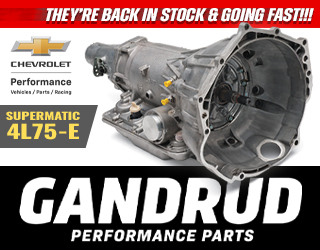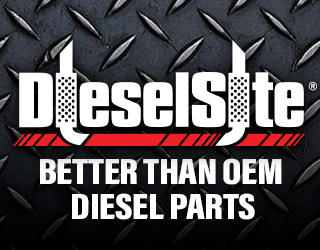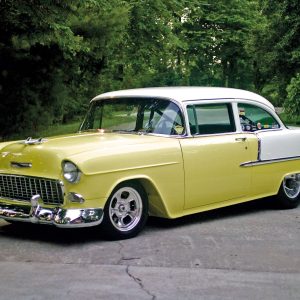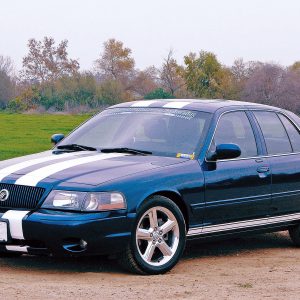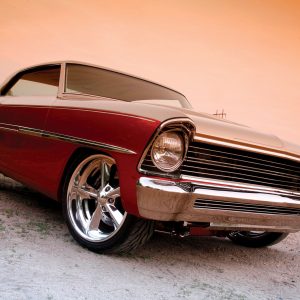Manufacturers
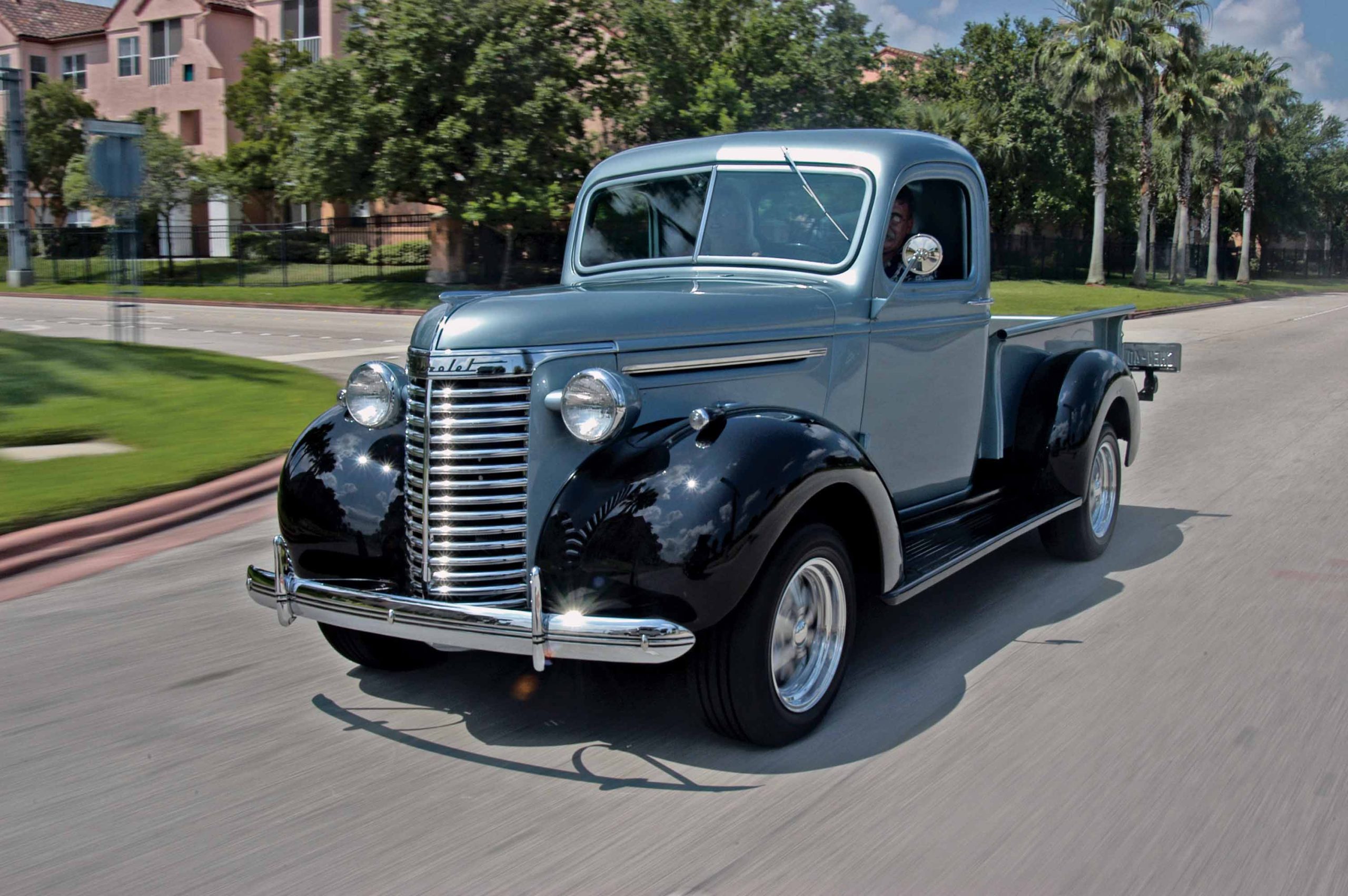
There are a few things you need to know about Sonny Wells. First, Sonny, who is a cabinetmaker in Clearwater, Florida, owns an Elkhart Blue 1967 Corvette with a black stinger hood. Actually, his wife, Jill, lets him share the Corvette with her. Second, Sonny has always had a hankering for an old truck. Third, Jill was tired of sharing the Corvette with Sonny and having to listen to him constantly complain that he wanted an old truck. With that in mind, Sonny began his quest for an old pickup.
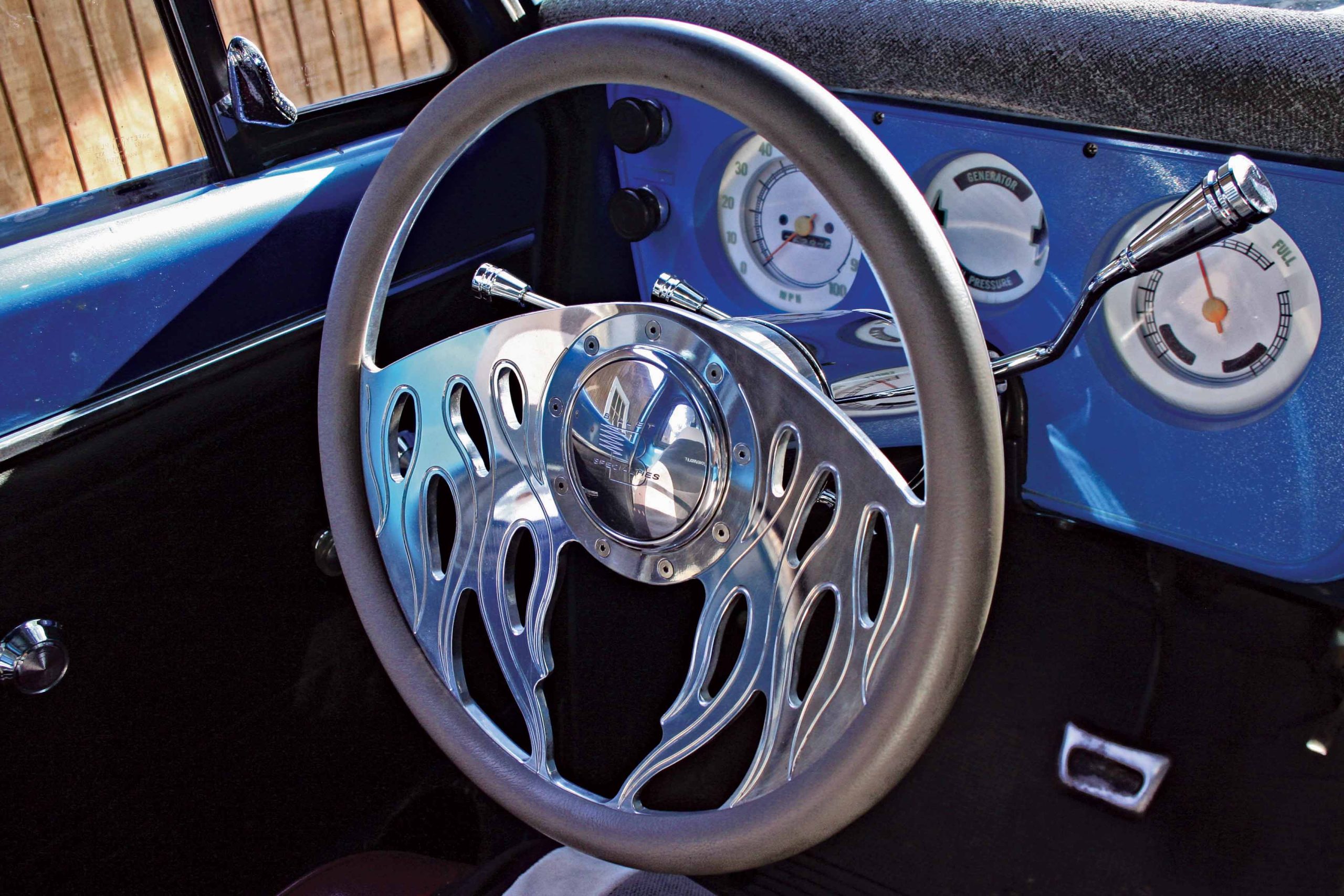
Tilt steering, cruise control, heated seats and A/C are all amenities that we have grown accustomed to without ever knowing it. We’ve come to expect our seat to power forward and our steering column to drop at the flick of a lever; after all, it’s a matter of driver comfort. As these driver comforts have become a part of our daily drivers, it’s not unthinkable that we would want the same for our classic trucks. Our resident ’68 Chevy makes the rounds to and from lunch, along with the occasional cruise-in, so why not build in many of the same conveniences? After looking online, we decided that our outdated straight column just had to go, and then we’d work on the rest of those comfort items.
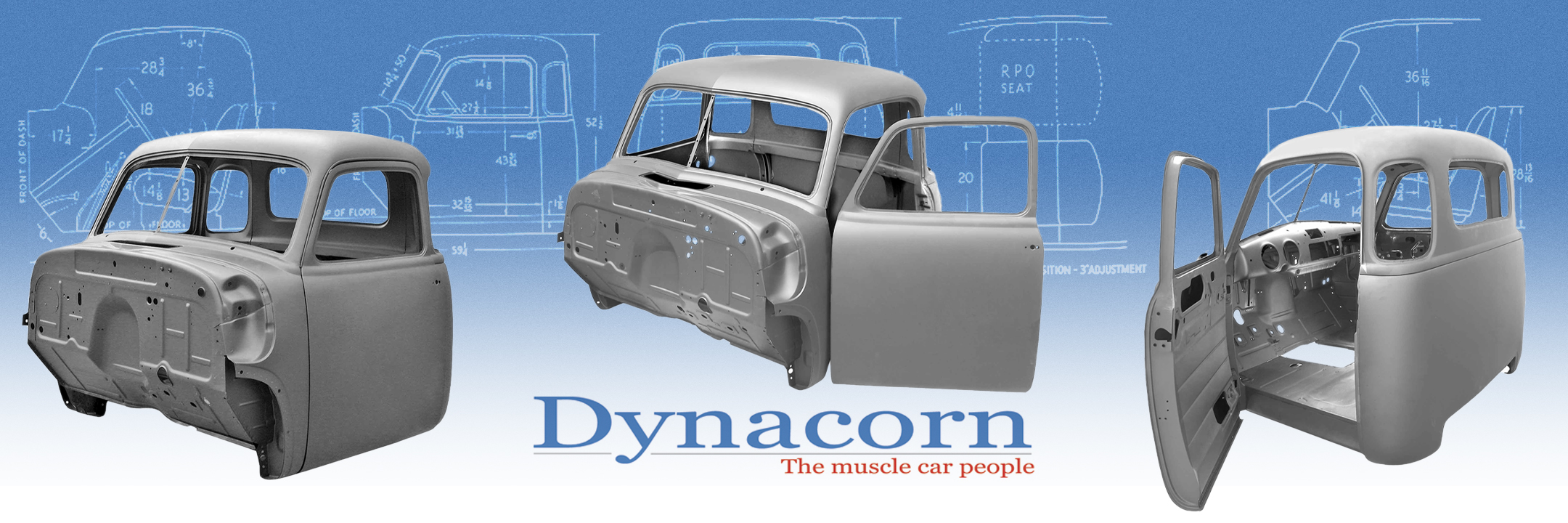
For years, truck builders have searched, looking for that much-sought-after early five-window Chevy pickup project. They are still around and are occasionally found, but it’s getting tougher, and their condition is ever worsening. It’s simple math really: Only so many remain, and many of the really solid ones have been spoken for. To The Delight Of Custom Truck Builders Everywhere, The All-Steel Dynacorn ’47-’53 Chevrolet Five-Window Cab Is Now A Reality!
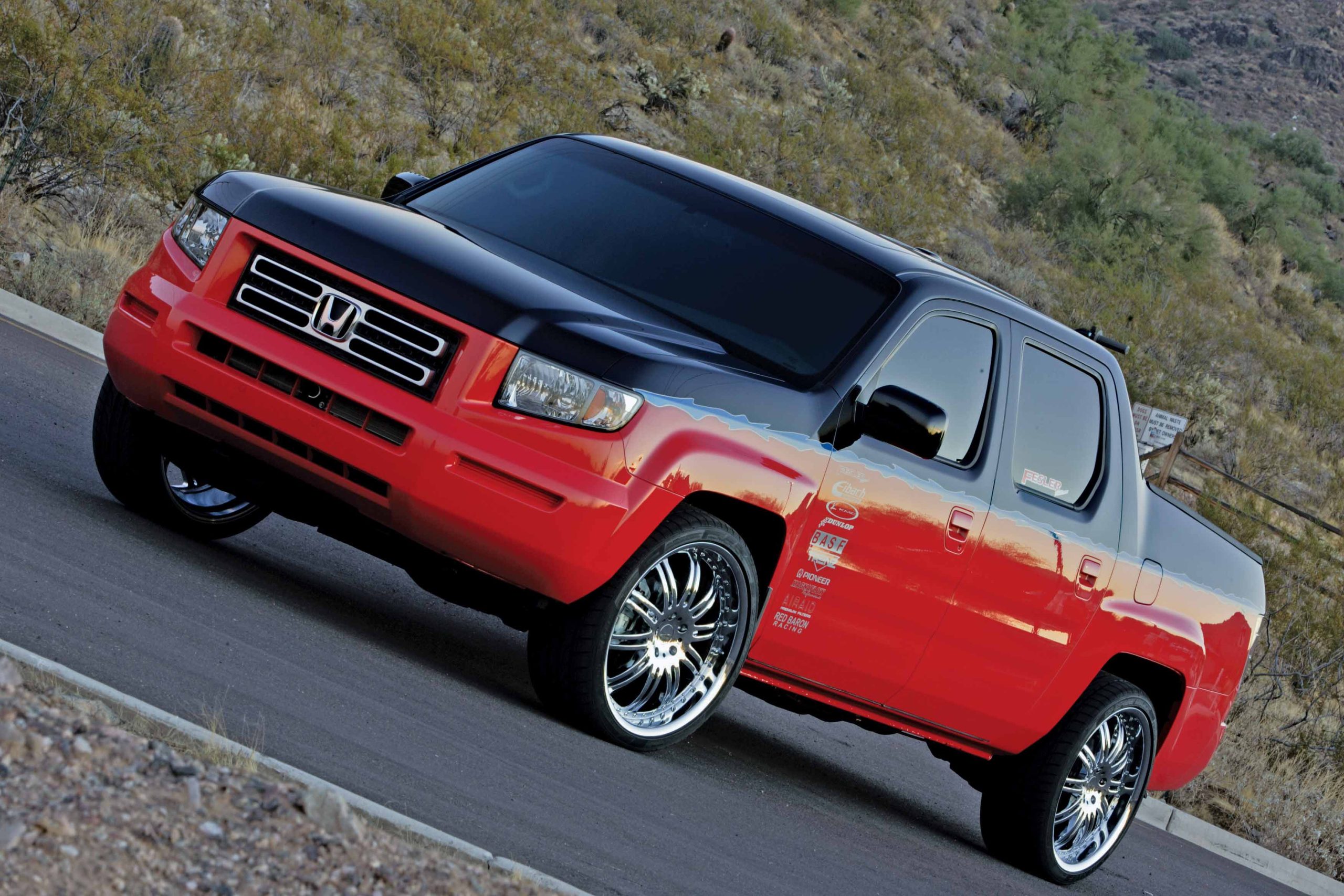
They say don’t mess with it if it isn’t broken. This straightforward build of a 2006 Honda Ridgeline RTL puts that advice into practice. Honda’s foray into the truck realm seems to have tapped into something big: that some people really want their truck to be more like a big, spacious car. Those people, for whatever reason, like the idea of driving a truck, but deep down they prefer something more comfortable and more refined. That is exactly what the Honda Ridgeline delivers.
So when Buddy Rice, Honda and Fesler Built started talking about customizing a Ridgeline, the conversation didn’t involve an all-out overhaul. Instead the team wanted to rely on the designed-in features that have made the Ridgeline so popular.
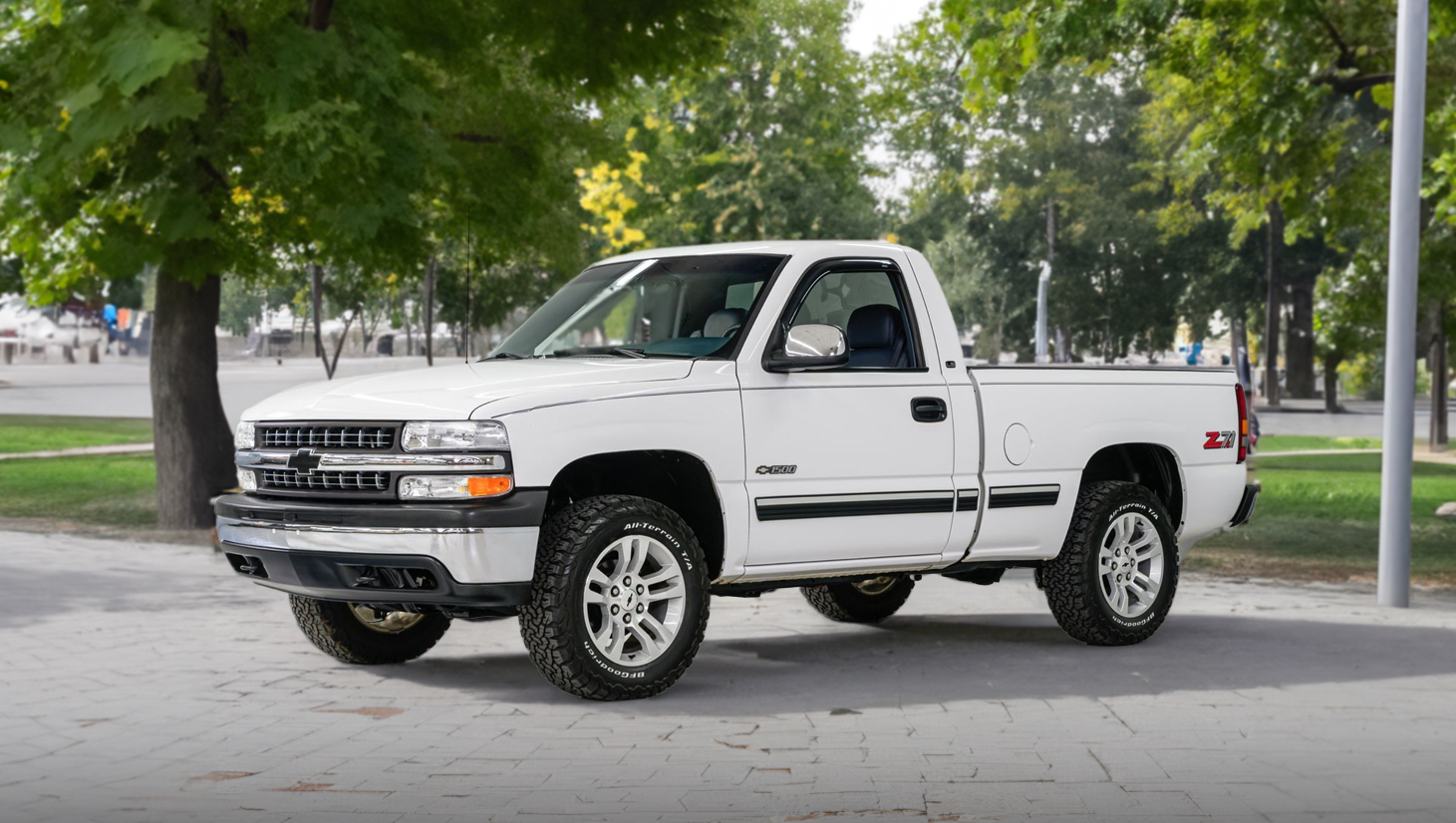
The white ’99 Silverado was beginning to show the wear and tear of fighting the highway wars the last few years. The once proud and pampered show truck—a standard cab shortbed with matching cab-high camper shell—hadn’t spent much time in daily service until recent years, but now it bore its share of dings, dents and scratches. It was obvious that the 50,000 miles on the odometer hadn’t done the 5.3-liter V-8 much good. Part of the reason for the dissipated performance was the exhaust system, a very tired, less-than-top-quality aftermarket after-cat that had started banging, squeaking and leaking.
Installing a new after-cat from MagnaFlow was at the top of this owner’s agenda. He acquired a MagnaFlow (part No. 15617) polished stainless steel after-cat performance system for his Chevy, and because he’s in the automotive business and has a lift at his own facility, all he had to do was enlist the help of a colleague experienced in exhaust system installs to lend a hand with the hookup.
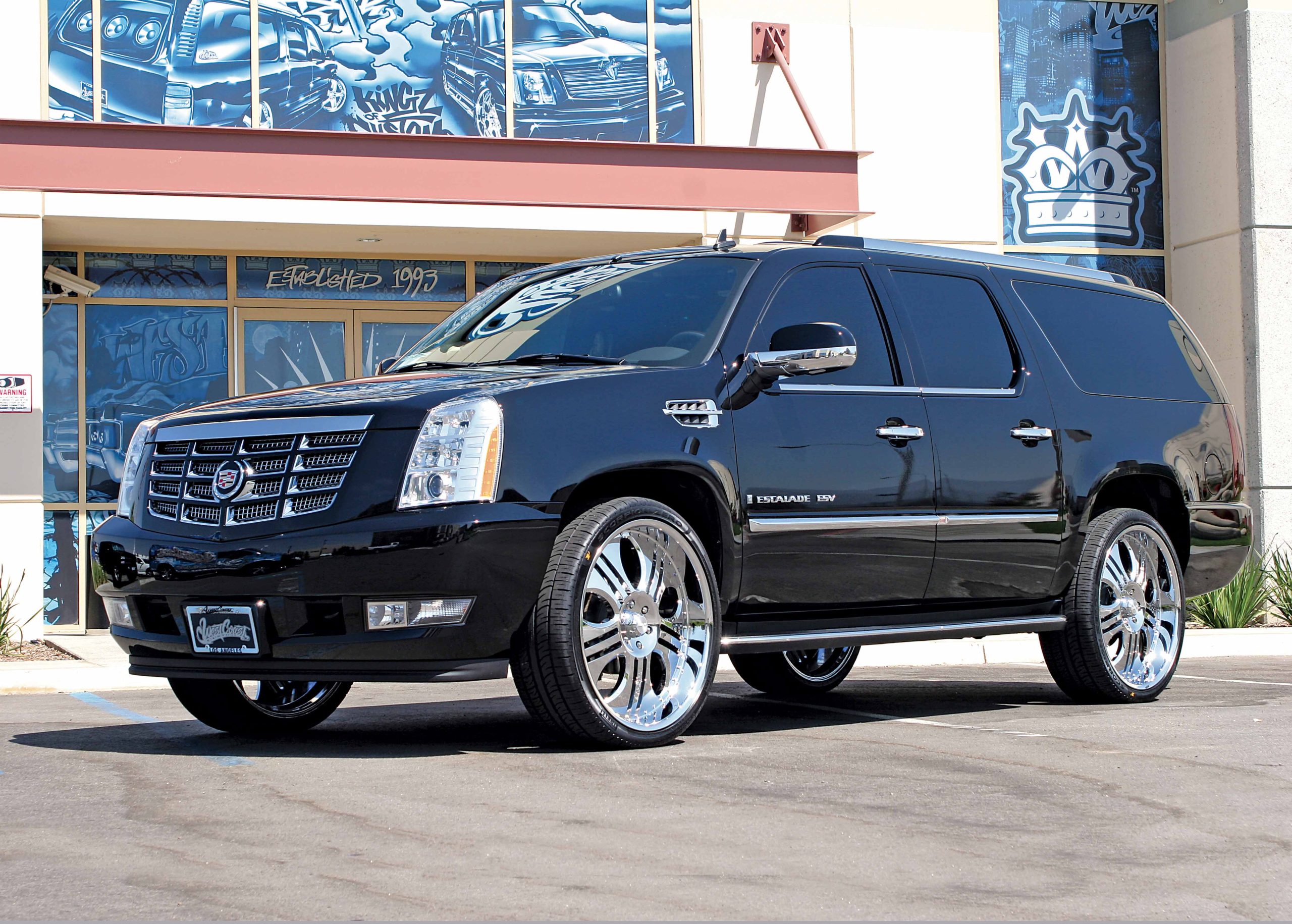
The 2007 Cadillac Escalade ESV was one of the most eagerly anticipated SUV releases in recent history. The ESV is spacious, powerful and elegant from the factory, but most owners will choose to add their own touches to personalize this truck, just as they did with the old one. Ryan Friedlinghaus, owner of West Coast Customs in Corona, California, wanted to personalize his own Escalade ESV, but he wanted to do it in a stealthy and subdued sort of way so that he could then offer the WCC package to other Escalade owners.
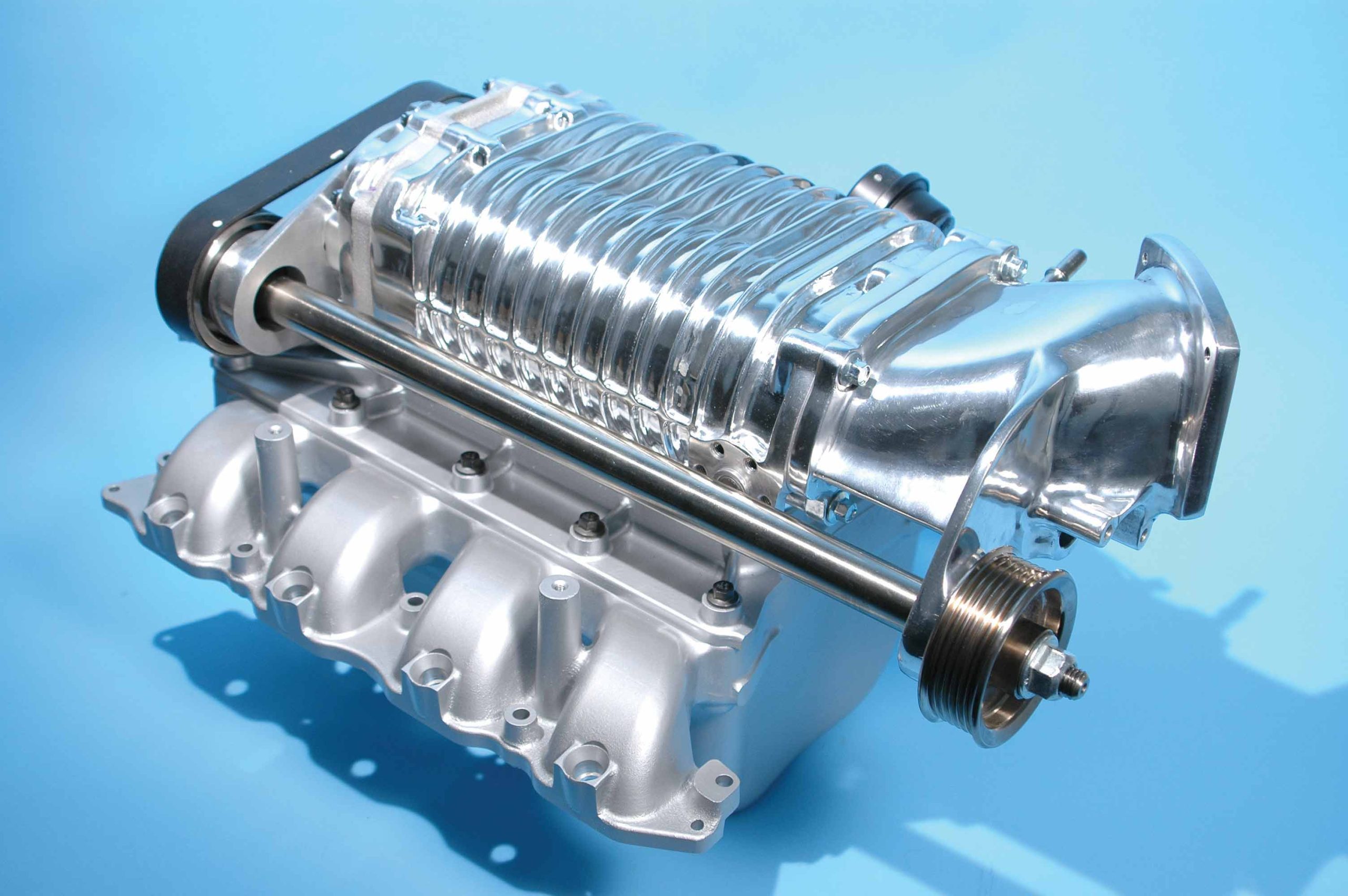
When it comes to improving horsepower, one of the main names is Magna Charger. Long known for its supercharger systems for Chevy pickups and even hot rods, Magna Charger has more recently turned its attention to the Blue Oval. It was in late 2005 that the company introduced a system for the ’04-’06 Ford F-150 pickup truck equipped with the 5.4-liter Triton engine. Aiming to improve horsepower and torque in the 1,200-5,500-rpm range, Magna Charger chose to utilize its fifth-generation MP112 hybrid Roots-style supercharger system in this effort. The Gen 5 is equipped with an internal bypass valve, which the Magna Charger folks say reduces parasitic losses while cruising for increased efficiency and economy. Also, the Magna Charger system is intercooled, and everyone knows that cool air is denser than hot air, and denser air makes more power.

When Jorge Torres was young he would help his father around his shop. Named after the senior Torres, Armando’s Custom Upholstery in San Jacinto, California, opened in 1989 when Jorge was still in high school. In 1992, he began working full time with his father and brother, Armando Jr. He stared doing old cars and went to a few shows to promote their work. During this time he mentioned to his dad that he wanted to build a 1969 Chevy pickup. It turned out that his dad had a friend who owned one, but he was told that the truck was in pretty rough shape. All Jorge heard was that the price, at $1,500, was in his range.
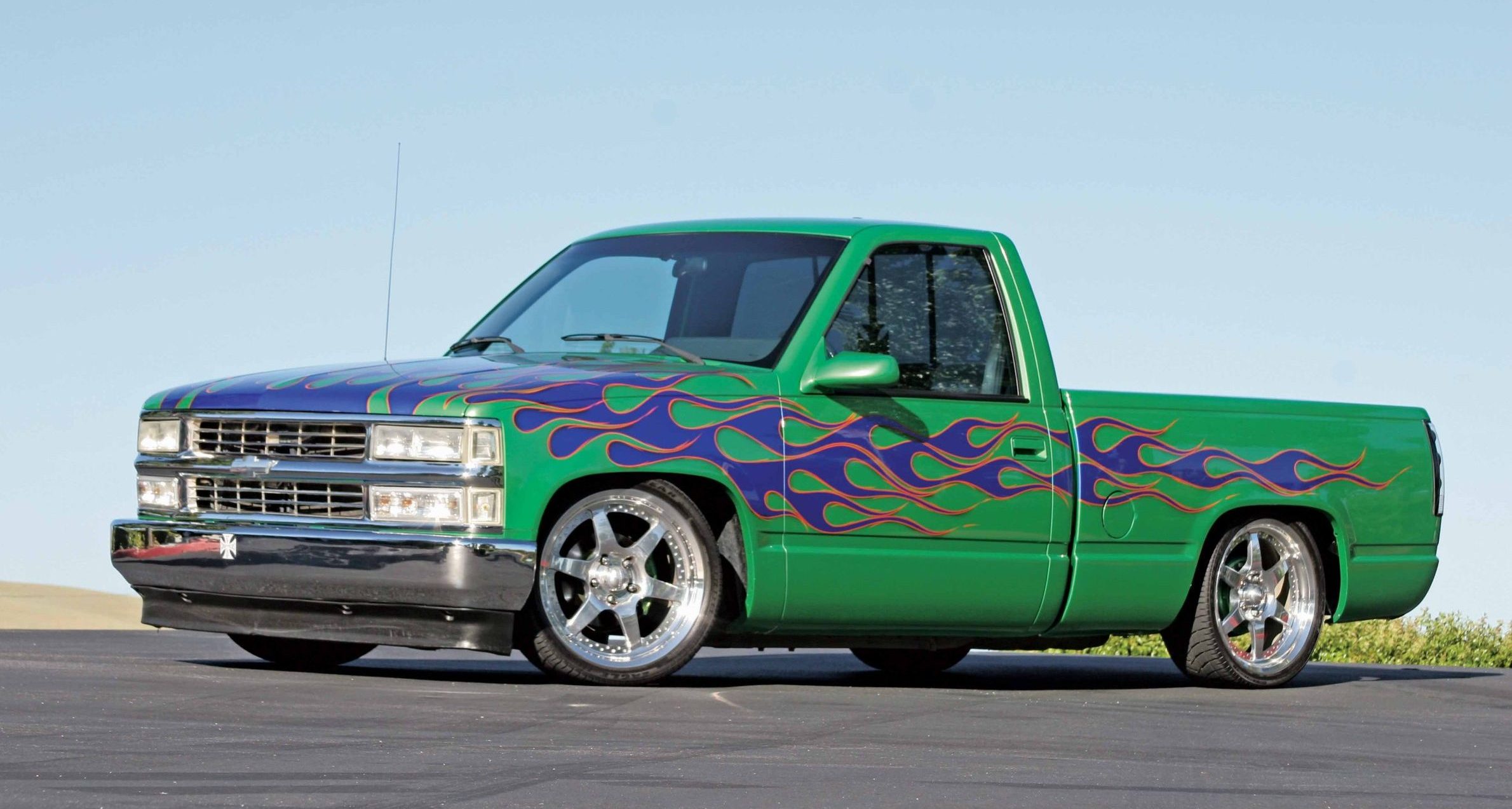
The longer we are in this business, the more we are certain that the one skill which is most important to know is how to paint. A custom painter can take nearly anything and turn it into a fine ride. Sure, those who can work on suspension or engines are able to take their specialty and turn it to their advantage, but no one modification makes more impact than a cool paint job. That is why guys such as Sam Spinelli, a custom painter for more than 12 years, can cruise around town in this 1990 Chevrolet C1500. Adorned with a killer basecoat and an amazing set of flames, it would be a show truck for the rest of us, but he simply describes the Chevy as his daily driver.
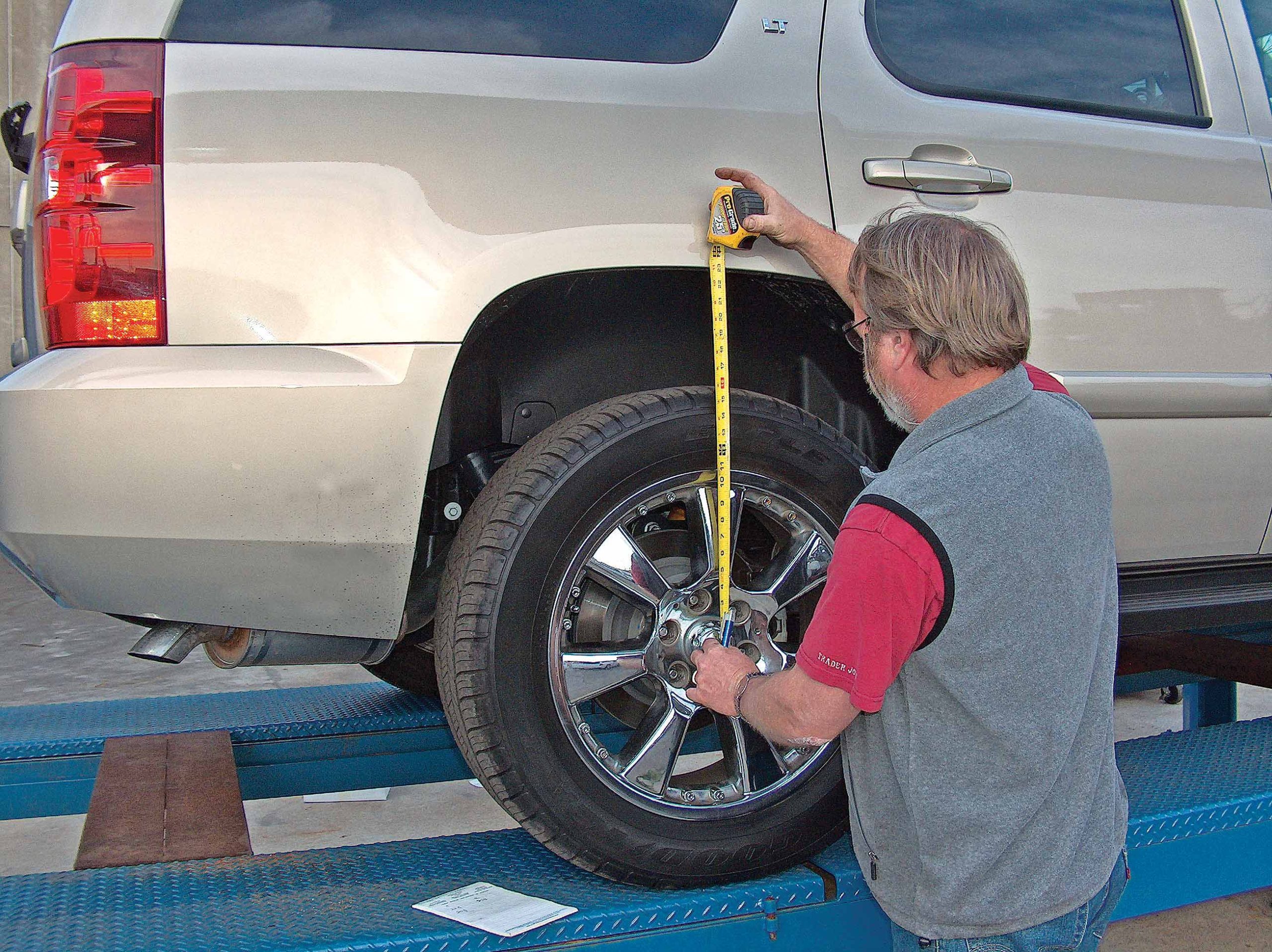
The ’07 Tahoe, Chevrolet’s premature baby, hit the street in late March 2006. Introducing the next generation of Tahoes so early was part of some master marketing scheme, born and nurtured in the hallowed halls of Chevrolet corporate. In any case, the ’07 Tahoe’s rear ride height measured 23-1/8 inches from the center of the hub to the lip of the fenderwell, while the front measured only 20-1/4 inches. As usual, the rear stood considerably higher than the front.



